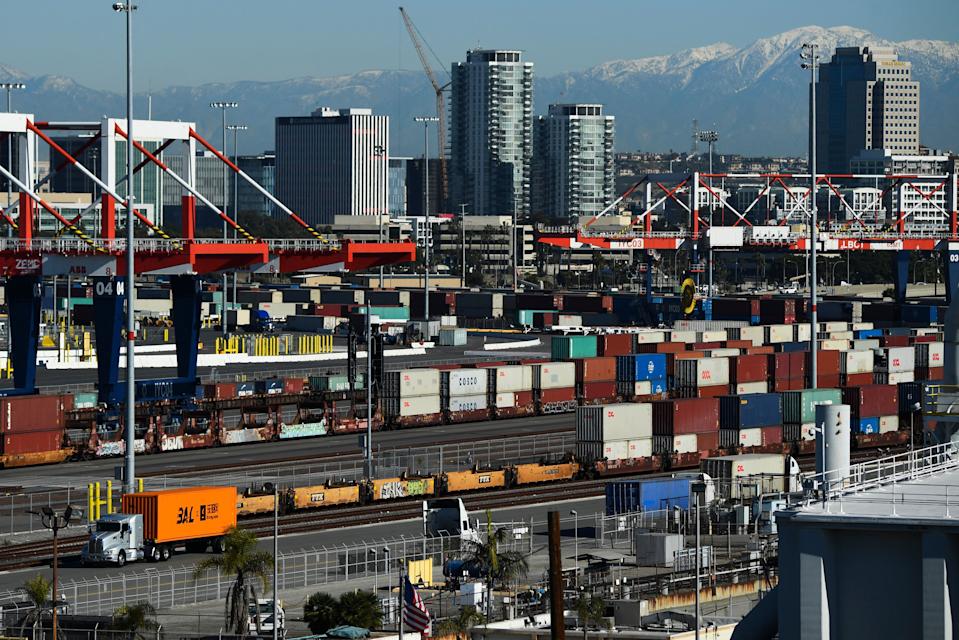The trend toward more “nearshoring” to alleviate the global supply chain chaos is not new but is increasingly important, according to Deloitte Vice Chairman of US Industrial Products & Construction Leader Paul Wellener.
Nearshoring is “bringing things closer to the marketplace or bringing things back into the US marketplace. And those were trends that were starting well before the pandemic got started and really changed the way we think about supply chains,” Wellener told Yahoo Finance (video above).
The trend “started even a decade or so ago when we had the Fukushima nuclear accident” and “issues with tariffs over the years,” he explained. Combined with other pandemic “weather related disruptions” and “the war going on in Russia and Ukraine,” it is clear that manufacturers are looking to reduce dependency overseas once again.
“Right now, there’s a lot of things that have disrupted supply chain,” Wellener added. “So manufacturers are thinking about: How do they mitigate risk?”
One way companies are trying to mitigate risk is “to bring things back to where they have a little bit more control over the supply chain, so bring some of those things on shore,” the executive added.

But nearshoring has its limitations: Disadvantages could include exacerbating America’s big problem, “which is associated with the number of jobs that we need to fill here in the U.S.” Research from Deloitte and The Manufacturing Institute shows that by 2030, as many as 2.1 million manufacturing jobs will be unfilled, costing the US economy as much as $1 trillion.
That said, Wellener noted that nearshoring “can provide a lot of security to many of the organizations who bring those jobs back into the domestic marketplace.” Furthermore, Wellener added, the Deloitte study showed that “the perception of manufacturing is much more positive than it has been in the last five years.”
The new report found that “over 64% of the population views manufacturing attractive,” he explained, while “the impact of parents on kids going into manufacturing has become much more positive up also nearly 50% over the last five years.”
Equally important, the skills gap especially in manufacturing where it’s having a massive negative impact.
“It’s not a peanut butter solution that we can spread across the country to create the right kind of skills in the right kind of niches in manufacturing,” Wellener said. “Because when you’re in a semiconductor facility outside of Columbus, Ohio, or you’re in a steel mill outside of Chicago, or you’re at an assembly plant in the Southeast for the automotive industry, you’re gonna need a lot of different things from a skills standpoint.”
Dani Romero is a reporter for Yahoo Finance. Follow her on Twitter: @daniromerotv
Read the latest financial and business news from Yahoo Finance
Follow Yahoo Finance on Twitter, Instagram, YouTube, Facebook, Flipboard, and LinkedIn


